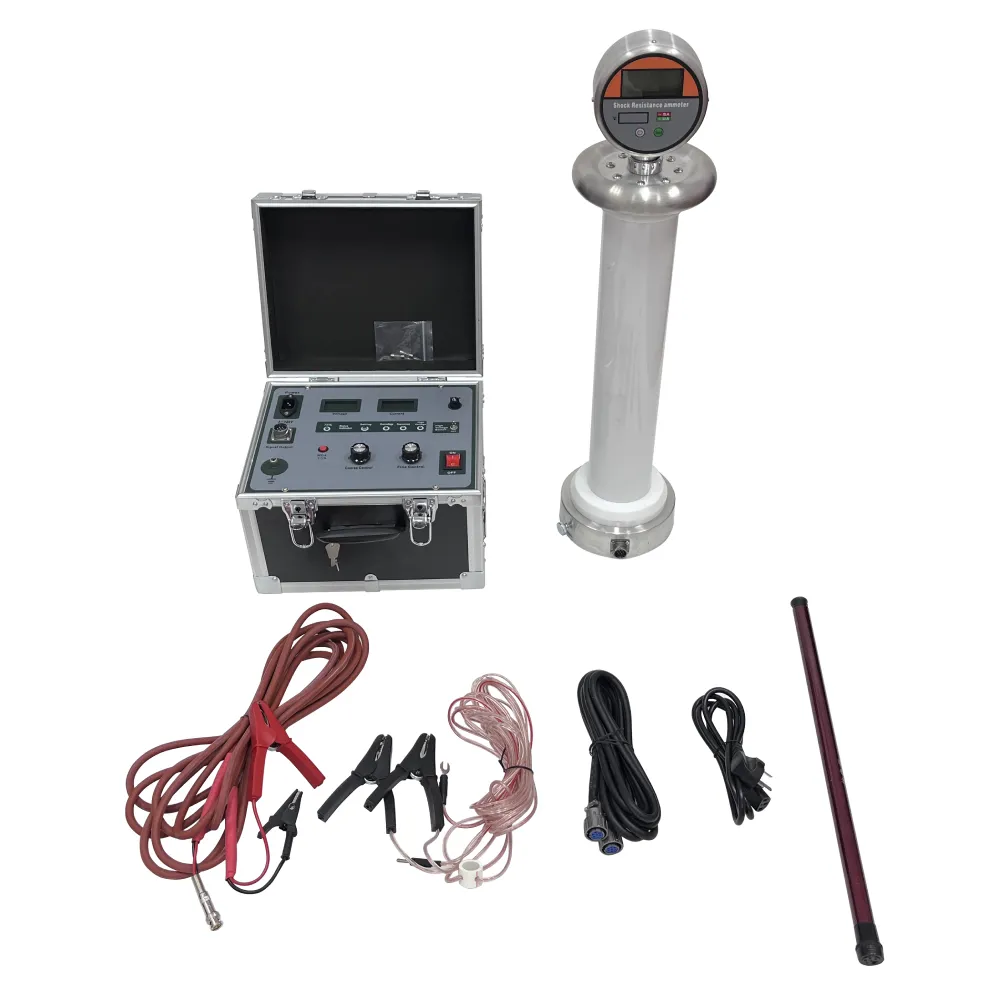 English
English


Understanding the Principles and Applications of Gas Chromatography in Analytical Chemistry
Understanding Gas Chromatography How It Works
Gas chromatography (GC) is a powerful analytical technique used to separate and analyze compounds that can be vaporized without decomposition. This method is widely employed in various fields, including chemistry, environmental monitoring, food safety, and pharmaceuticals, due to its high sensitivity, speed, and efficiency. Understanding how gas chromatography works is essential for those involved in chemical analysis and research.
Understanding Gas Chromatography How It Works
The process begins when a small volume of the liquid sample is injected into the gas chromatograph. The injection port, where this occurs, is usually heated to facilitate the vaporization of the sample. Once vaporized, the sample is swept into the column by the flowing inert gas, often helium or nitrogen. As the sample travels through the column, its different components begin to separate based on their affinity for the stationary phase compared to the mobile phase.
gas chromatography how it works

Each compound in the sample interacts differently with the stationary phase, leading to varied retention times. Retention time is the time it takes for a compound to travel through the column to the detector at the end. Compounds that have a stronger attraction to the stationary phase will spend more time in the column, while those with lesser interaction will elute more quickly. This differential migration allows for the separation of the sample's components.
As the separated compounds exit the column, they are detected by a suitable detector, which can vary based on the specific application. Commonly used detectors include flame ionization detectors (FID), which measure the ions produced during combustion of the sample, and thermal conductivity detectors (TCD), which sense changes in the thermal conductivity of the gas as compounds elute. The output from the detector is recorded as a chromatogram, a graphical representation of the detector response as a function of time. Peaks on this chromatogram correspond to individual components, with the area under each peak being proportional to the amount of that component present in the sample.
The quantitative and qualitative analysis of the compounds in a sample is achieved by comparing the retention times and peak areas to those of known standards. This process allows scientists and analysts to identify and measure the concentration of various substances, which is crucial in regulatory compliance, quality control, and research applications.
In conclusion, gas chromatography is an invaluable technique that leverages the principles of partitioning and differential migration to separate and analyze volatile compounds. Its ability to provide precise, rapid, and reproducible results makes it a cornerstone of analytical chemistry. Continued advancements in gas chromatography technologies, including improved columns, detectors, and data analysis software, promise to enhance its application across multiple disciplines, ensuring its relevance in a rapidly evolving scientific landscape. Understanding the fundamental workings of gas chromatography not only provides insights into analytical methodologies but also fosters innovation in research and industrial applications.
-
Differences between open cup flash point tester and closed cup flash point testerNewsOct.31,2024
-
The Reliable Load Tap ChangerNewsOct.23,2024
-
The Essential Guide to Hipot TestersNewsOct.23,2024
-
The Digital Insulation TesterNewsOct.23,2024
-
The Best Earth Loop Impedance Tester for SaleNewsOct.23,2024
-
Tan Delta Tester--The Essential Tool for Electrical Insulation TestingNewsOct.23,2024





